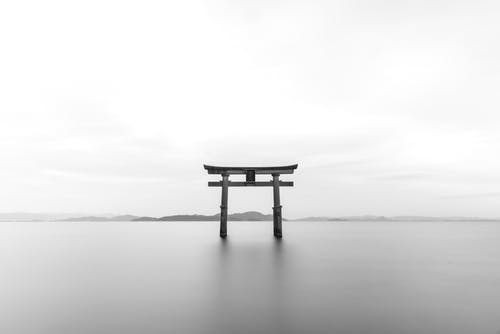Posted: Dec 16, 2019

Although Japan is best known for sake, historians have found that another alcoholic beverage predates this tipple in the country by centuries: wine.
Although Japan is best known for sake, historians have found that another alcoholic beverage predates this tipple in the country by centuries: wine. In 1958, clay vessels containing vestiges of grape seeds—dating back to 4000 B.C.—were discovered in Nagano prefecture, leading researchers to believe this was an early predecessor to today’s cuvées. Wineries along the archipelago are now working to bring the grape-based beverage into the modern age and create a wine industry on par with the rest of the world.
The lure of Yamanashi
Today, Yamanashi is considered the epicenter of the Japanese wine industry. The ashy, granite soils from nearby Mount Fuji are detrimental to rice production—the well-draining land doesn’t retain enough water for rice paddies—but are ideal for grapevines.
About 86 of the country’s 300 wineries operate in the prefecture, with over 30 clustered in the town of Katsunuma alone. In contrast to the expansive vineyards that drape languidly over hillsides in other wine regions, land ownership in this prefecture is legally restricted; many estates own only about two to three hectares (five to 7.4 acres), and source supplemental crops from a patchwork of farmers. It’s not just the landscape that’s compact; wineries are also modest in size. Some facilities, such as Marufuji, used to house silkworms—it’s believed many of the grape varieties cultivated today came via the Silk Road—and maintain the traditional architecture of the time.
Winemakers in the region consider the Koshu grape and, to a lesser extent, the hybrid Muscat Bailey A, as the signature varieties. These pergola-trained vines arch dramatically overhead; while the canopy makes for a romantic walk through the vineyards, elevating the vines allows for air circulation and reduces the risk of mildew and rot in the humid climate and during fall’s heavy rains. A few wineries even undertake the costly and time-consuming task of placing conical rain hats over each bunch of grapes to protect them from the deluge. Taking cues from Beaujolais and the annual Nouveau release that takes place in November, wineries often create a “nouveau” version of their Koshu and Muscat Bailey A from the current vintage, which goes on sale every Nov. 3.
By Shana Clarke
December 15, 2019
Source and Complete article: Fortune.com
Go-Wine's mission is to organize food and beverage information and make it universally accessible and beneficial. These are the benefits of sharing your article in Go-Wine.com


The Wine Thief Bistro & Specialty Wines is a locally owned small business in downtown Frankfort, IL offering world class wines in a relaxed, casual gathering spot for friends and family. Offering world class virtual tastings and touchless carryout.
https://www.twtwineclub.com/aboutus
Go-Wine 25 Great Wineries in US selection prioritizes quality, value and availability.
www.go-wine.com/great-wineries-in-america
Tasting wine is a nice experience, but visiting the places in which wine is made is a magic moment. Available in New York City for touchless pickup.